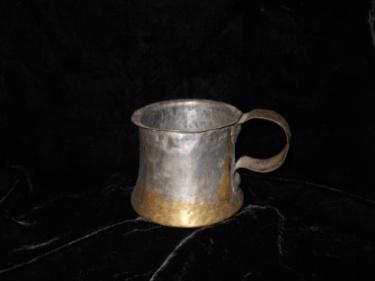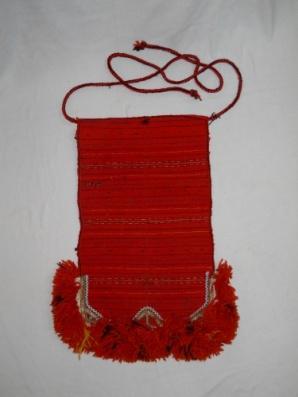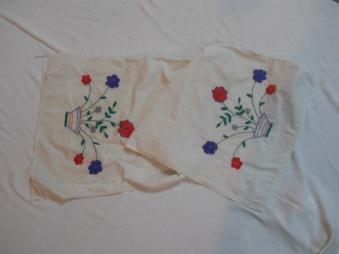The ethnological exhibition is focused on an area of about 200 m2 in the MI City Museum of Negotino and it represents the material and spiritual culture of the settlements in the Municipality of Negotino and the city of Negotino, through numerous folk costumes, items used in the household and the agricultural culture of this region. This exhibition contains items dating back to from the beginning of the 18th century until the end of the 20th century.
The items are made of metal, wood, ceramics, textiles and glass. About 220 items are exhibited and the exhibition contains various jugs, baking tins, pans, boilers, shears, funnels, bowls, oil pots, firedogs, wooden sieves, metal sieves and other metal items that were used to consume, store and cook food in them, as well as charcoal irons, wood-burning stoves, different types of sickles, water pots, the poppy sickle, the poppy cutter and others. These items were used in the household and while doing agricultural works. The wooden items which are exhibited include: a milk churn, a low round wooden dining table, a tripod chair, a shepherd’s crook, wheels, rakes, small vats, clay pans, boards for making bread, salt shakers, barrels, vats, a flask, a chest, a distaff, a hammer, a saddle, a clothes beater, a knitted basket, a spinning wheel, a spindle, a shepherd’s crook, a gourd, etc. The items were used in the household for cooking and storing food, for consuming and storing various beverages, for milk and dairy products, for kneading and baking bread, for keeping preserved food for the winter, etc. as well as items that were used in the household and for agricultural work.
The ceramic items that were exhibited in the ethnological exhibition were mainly used as household items. They were used to store water, wine, milk, cottage cheese, pickles, grease, greaves, etc. This group includes: clay jugs, clay pots, clay storage pots, and clay bread baking pots.
Traditional women's folk costume, jewellery along with traditional textile household items such as carpets, pillows, bags, etc., are also exhibited in the set. The ethnological items that are exhibited in the setting originate from the Negotino region from the villages: Timjanik, Krivolak, Crveni Bregovi, Bistrenci, Vojshanci, Dolni Disan, Gorni Disan, Veshje and the city of Negotino. The items were supplied by research, gift or purchased from abandoned houses. They are owned by the MI City Museum of Negotino.


